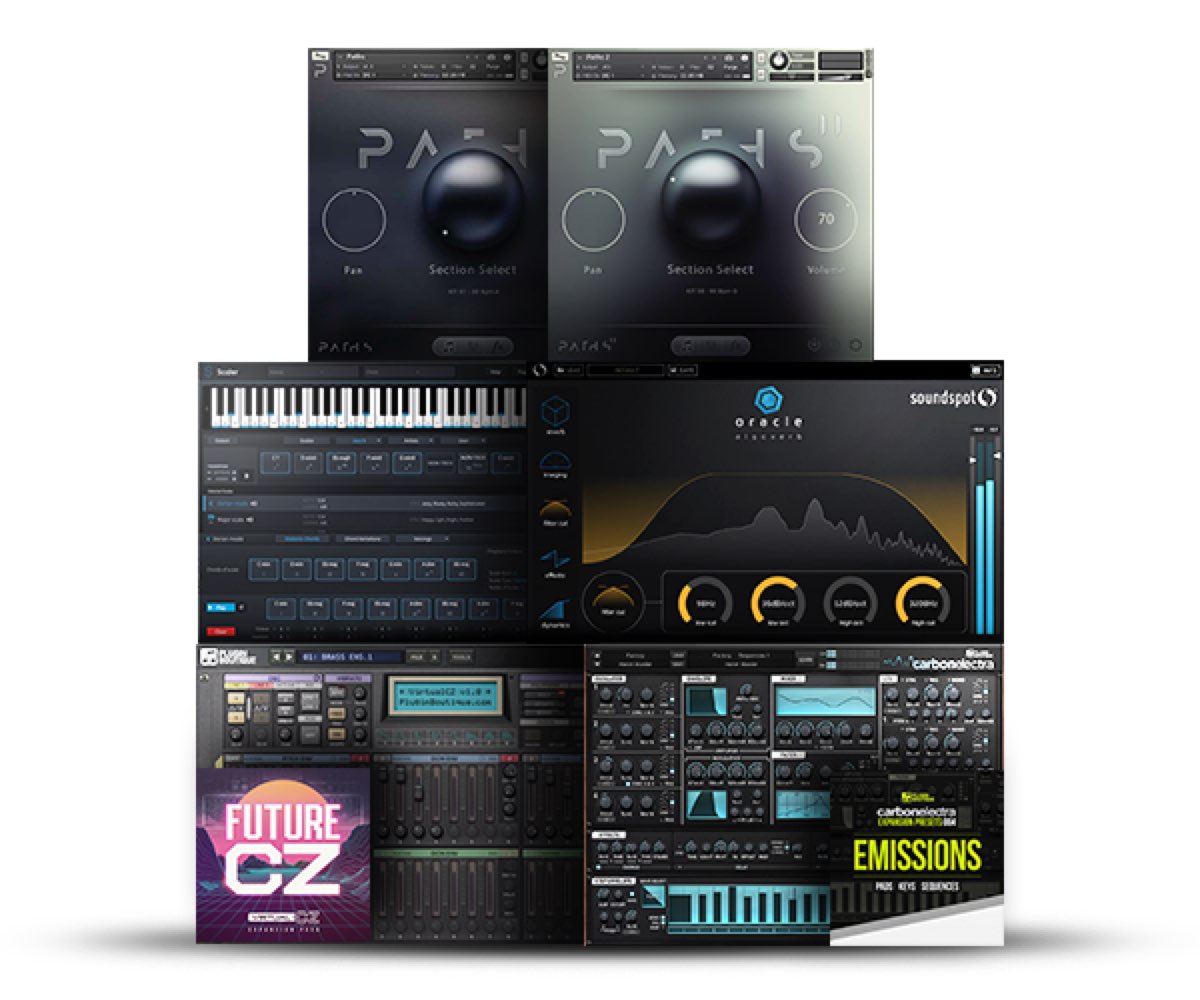Cadence and Different Types of Movement / Music Theory Lesson
What is a Cadence?
By reading our previous articles, you may now have a pretty solid understanding of the function
of the Tonic, Subdominant, and Dominant chord in each key.
This time, lets take a deeper look into how these chords are used.
The key word for this article will be Cadence.
Simply put, cadence is the “shortest form of a chord progression”.
It is the minimum amount of movement required to create a story through a chords.
We have some types of cadences that can be created using the T, SD, and D chords
First, lets take a look at the 3 examples below.
As usual, they will be in the key of C.
T→D→T
- I→V→I, C→G→C
- I→V7→I, C→G7→C
As expected, the V7 creates more tension and brings a greater sense of anticipation for the I to come.
In addition, by adding rhythm to it, it gives a sense of almost a “roll call”.
Even the same T chord has a sort of “fancy” feel when using the Cmaj7.
- Imaj7→V7→Imaj7, Cmaj7→G7→Cmaj7
Though ending with the maj7 gives the progression a sense of wistfulness,
by turning the final chord into a C triad, it sounds a little brighter and more focused.
- Imaj7→V7→I, Cmaj7→G7→C
Like shown, even the same T→D→T cadences have different variations.
T→SD→T
We had taken a look at this before, but a cadence made up of just the tonic and subdominant
has a more gentle landing on the tonic when compared to using a dominant chord.
- I→IV→I, C→F→C
It feels like we gently went back to the tonic. Try out this cadence using the 7th chord as well.
In addition, this example is made purposefully short.
For example, even if playing the tonic for 2 bars (C→C→F→C), it will still be classified as T→SD→T.
- I→I→IV→I, C→C→F→C
T→SD→D→T
It flows very smoothly from the start into a part of tension, and back to safety.
It is considered a very definitive cadence.
- I→IV→V7→I, C→F→G7→C
Try this progression with/without 7th tensions.
You can even try out the technique of using the V7 to I as the last variation in a song to make an impactful ending.
Various Types of Chord Movement
We haven’t looked at the “D→SD” progression yet but lets give it a listen.
- T→D→SD→(T)
It may be because of the arrangement but it has a strong rock feel to it.
Those who listen to blues may be familiar with this progression.
This is how it sounds on the piano, with the tonic hit at the very end.
Long ago using the D to SD was a forbidden progression, but as times change and music evolved,
new types of harmony have been implemented in music.
Though we looked at a few examples of cadences, most songs in the world are created through connecting cadences like shown.
With this knowledge in mind try out these sounds in your next song.
You may discover new ways to use them in your productions!
Article Writer: Kazuma Itoh

After moving to the USA at 18 years of age with a scholarship from Berklee, he completed a 4 year study focused on song writing and arranging there.
Using this knowledge, he works across a variety of fields from pop music, film music, and more.


























